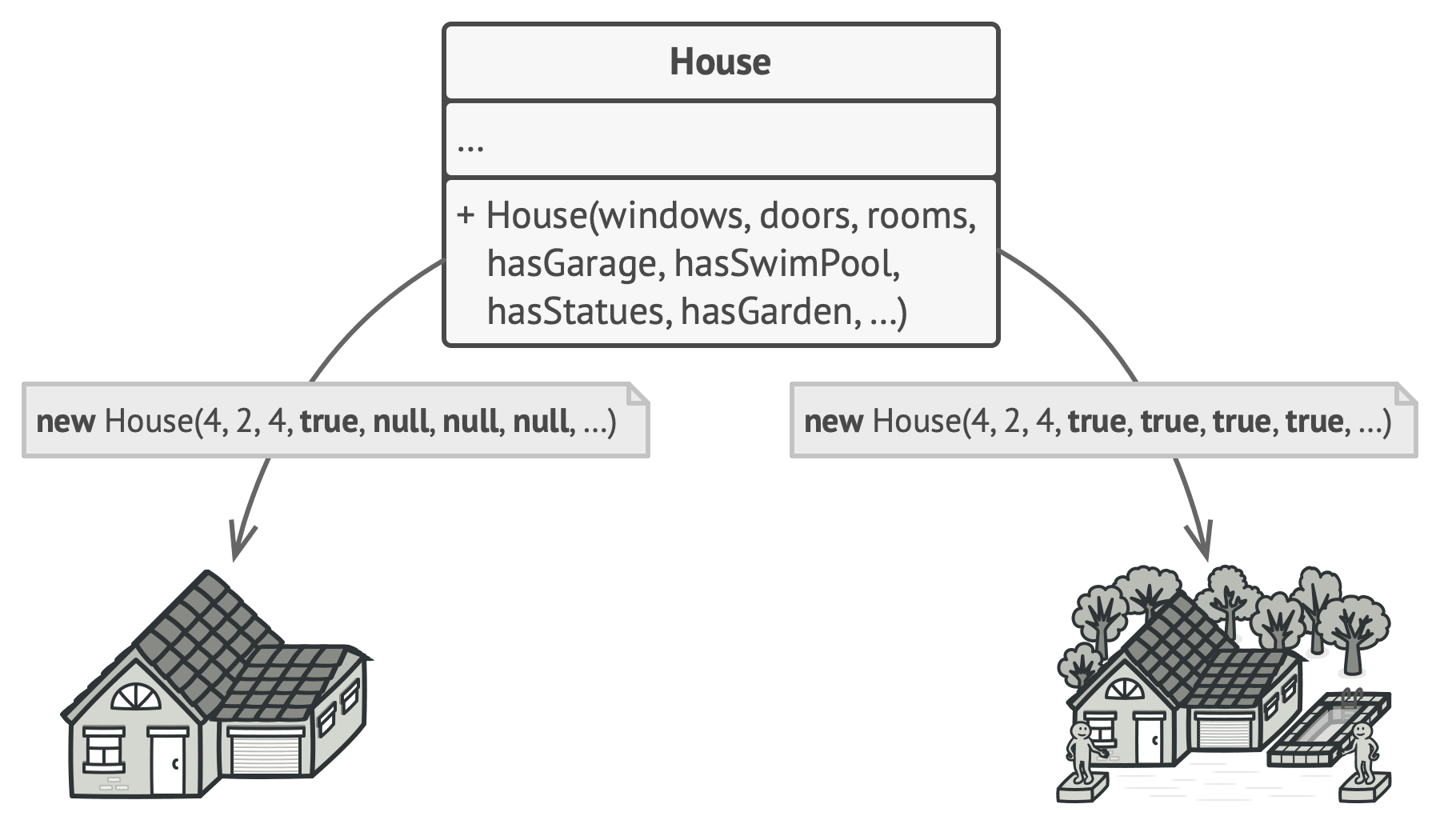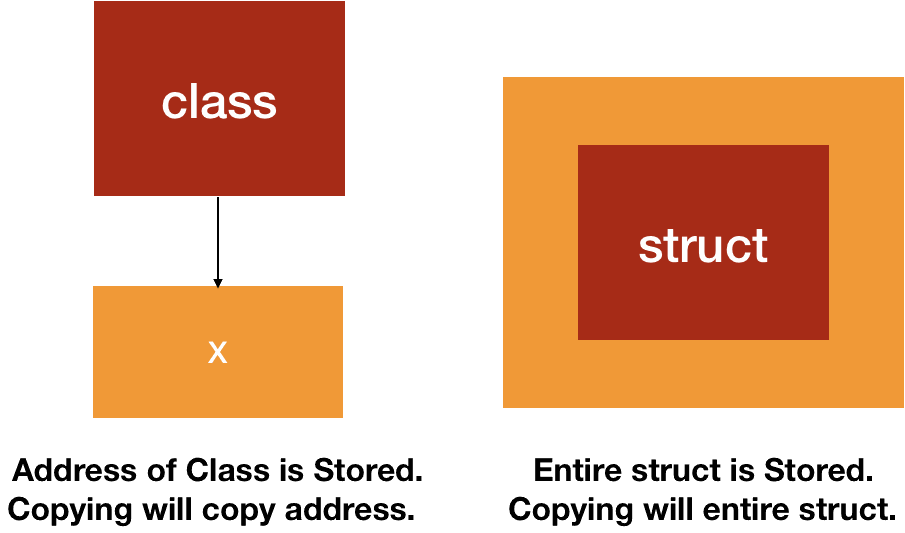

So, like how Im calling this () my explicit constructor, in Main, that same thing occurs where new ExampleStruct () is actually calling ExampleStruct () but not calling ExampleStruct (int value 1). A default constructor is always provided to initialize the struct members to their default values. The reason is that all structs have public parameter-less constructors. C does currently support consuming structs that define default constructors. NET Fiddle 22 1 using System 2 3 var name new UserName() 4 Console.

And the Value field will be initialized to null. We can instantiate a UserName class without passing in any value to the constructor. This will allow you to store the wpSword in a variable for later reference: owner other Then any time you need to reference the wpSword from within the die: totaldamage owner. If we change the UserName struct to a class, and remove our constructor, we get the same behavior. It is an error to declare a default (parameterless) constructor for a struct. Defining the structs inside the constructor can give the structs access to the wpSword struct through the other keyword. julia> struct Foo bar baz end julia> foo Foo(1, 2) Foo(1, 2) julia>. In the constructor you must assign values to all fields that dont have value. Structs can declare constructors, but they must take parameters. In Julia, type objects also serve as constructor functions: they create new. M圜lass m MyStruct m2 If you declare two fields as above without instantiating either, then break the debugger, m will be null but m2 will not.

Note that converting the lambda to a function pointer will not help: it just creates a default-initialized closure object for you. constexpr variable of a struct with a constexpr ctor, when that ctor is defined inline. An attempt is made to construct the promise from the argument list augmented with the implicit object argument the error comes from attempting to default-construct it when that overload resolution fails. new ( name: "Jane", age: 31, unexpected: "attribute" ) # Dry::Struct::Error: unexpected keys in Hash input class Admin # Admin. Preview 16.9.6 error C2131 with inline struct-constructorUnder.


 0 kommentar(er)
0 kommentar(er)
